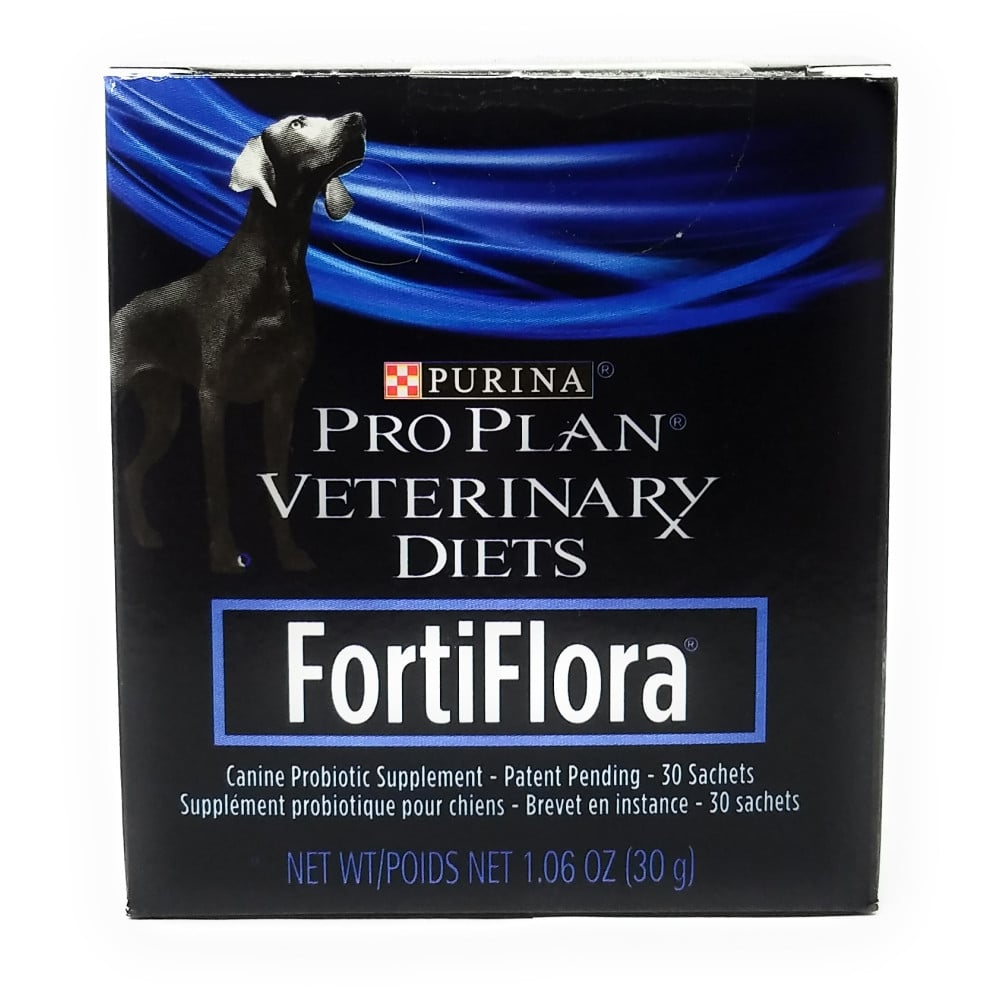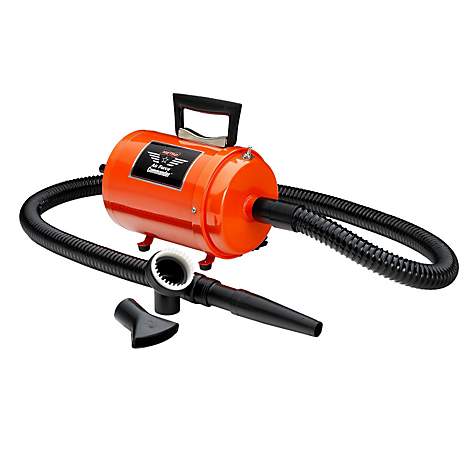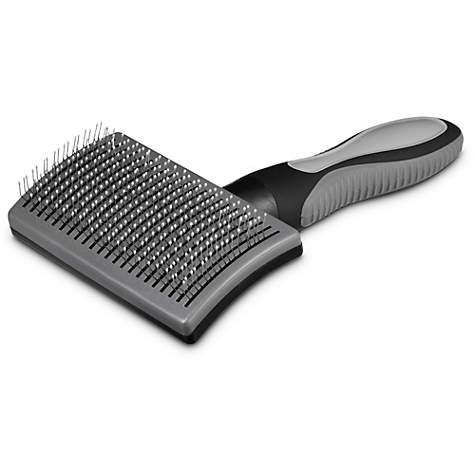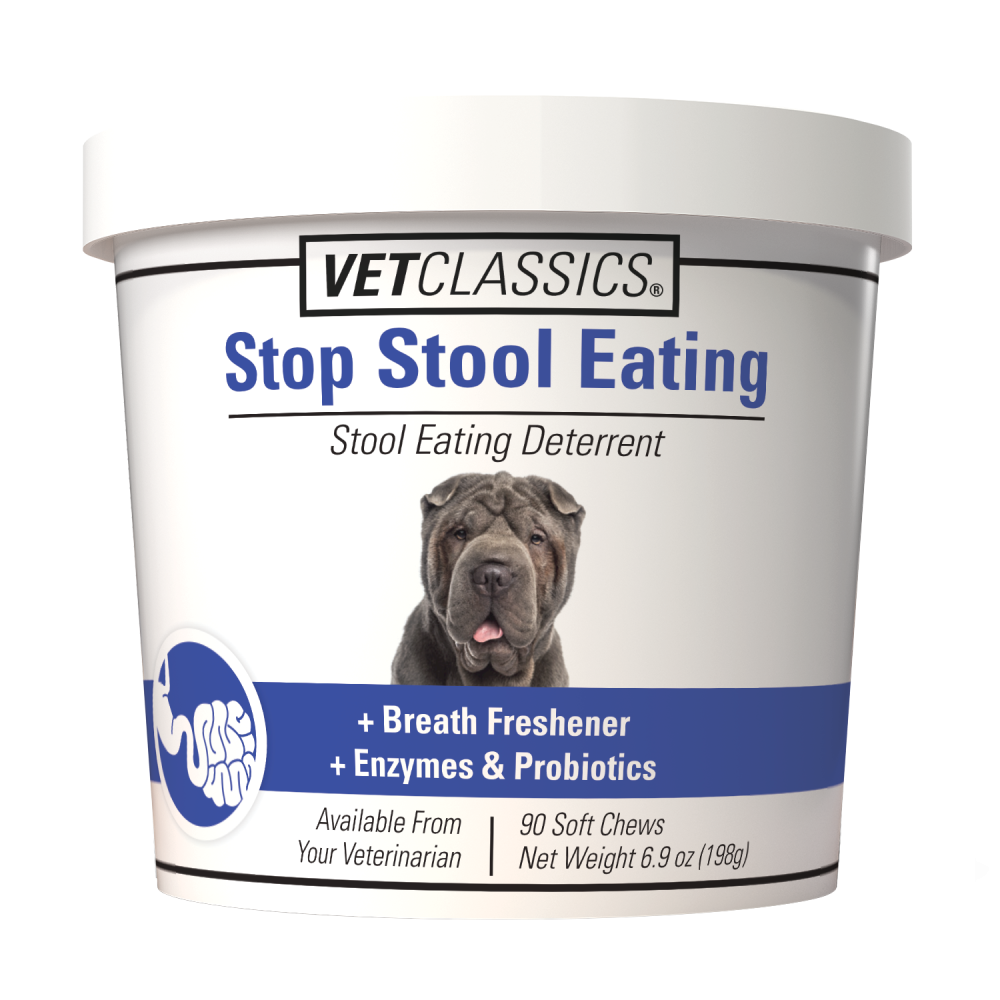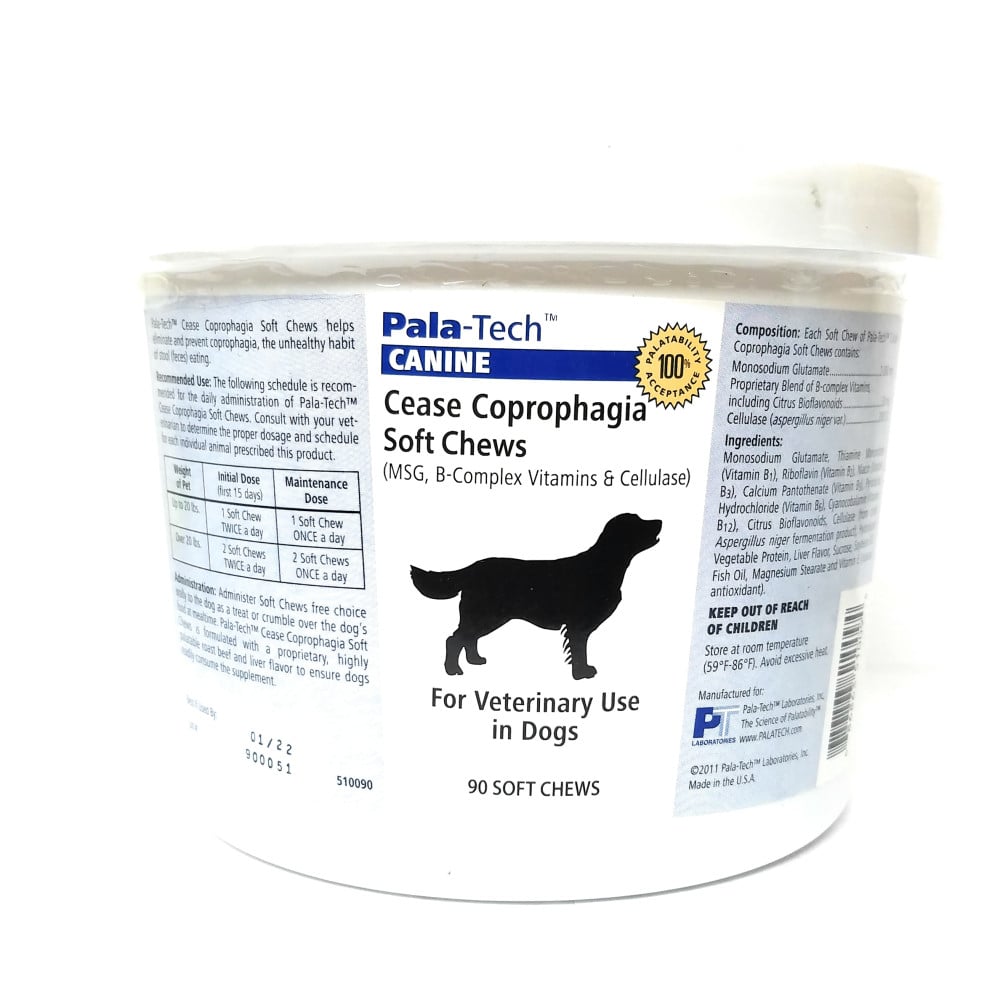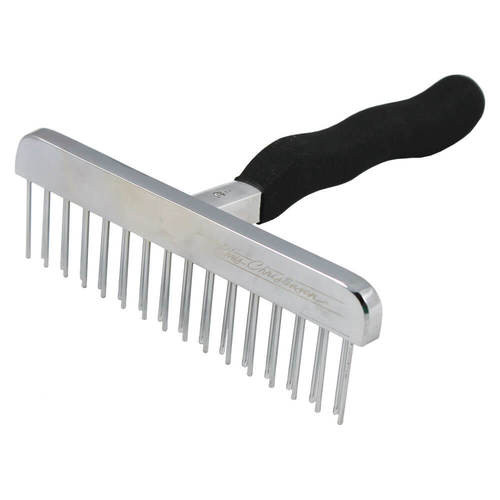Hair balls in Dogs?
We had a real scare last weekend, Theodore stopped eating. "Mikey" who would eat anything didn't want to eat. At first we thought it was an upset stomach, so gave him Mylanta and hoped this would pass...when he stopped drinking water and vomited up any he drank, we knew there was some kind of blockage and rushed him to the vet. The vet asked about what he might have gotten into....Nothing...so because they could see a blockage on the ultrasound they did surgery. What nobody expected was a 10" long and 5" wide hairball! It had formed in his stomach and reached down into his intestine (the long part) totally blocking his ability to eat or drink anything. It probably took months, maybe years to form (Theo is 11 yrs). Another blockage from a part that had broken off was further down the intestine as well, trapping gas between them. Apparently this is very unusual - and when you think of all the hair Mals shed every year I'm surprised it IS unusual! The grossness, and the almost obscene shape, we never expected this to be removed from his stomach. Even the vet was surprised, so he took this picture!
Most people know that hairballs can be a common problem seen in cats which can lead to a real health issue. However, although quite rare, dogs too can suffer from them. Hairballs develop for various reasons and when it happens, it can be quite frightening simply because owners don't expect their pets to get them. So why do dogs and other animals suffer from hairballs and why do they form from time to time in their stomachs?
Hairballs form when a mass of fur they've eaten builds up into a solid mass in their stomachs and may or may not cause a blockage. The technical name for a hairball is “trichobezoar" and although this mass usually consists of hair alone, sometimes hair gets attached to something a dog might have swallowed which ends up in their stomachs too. However, more often than not any hair gets passed out of a dog’s system when they go to the toilet and therefore it doesn't cause any problems. Rarely, it can grow so large it can't be passed or thrown up, and eventually cause a blockage. If a hairball is not expelled on its own, it may require surgery (like what happened to Theodore) because it can block up their system preventing vital fluids from circulating correctly and if left untreated, it could prove fatal.
What are Trichobezoars?
Trichobezoar or an indigestible hair mass in the abdomen results from the accidental or involuntary ingestion of hair.
The first thought that comes to your mind when you hear the word ‘Trichobezoar’ is that it may be the name of a prehistoric dinosaur!! However, the name actually indicates a rare condition where a hairball is found in the stomach or gastrointestinal tract. “Trich" of trichobezoar is a Greek word which indicates hair and “bezoar" is from a Persian word “Panzehr" or an Arabic word “badzehr" that means an antidote. During the period between the 12th and 18th centuries, badzehr was a clump or mass of animal material that was given to cure conditions, such as poisoning, epilepsy, snake bite, among others. However, by the 16th century, Ambroise Paré, a famous surgeon, noted that bezoars could not heal against all poisons. Baudamant, a French physician first described a case of trichobezoar in a boy of 16 years.
In some cases, hairballs extend from the stomach into the small intestines or even the colon; this condition is called “The Rapunzel syndrome". This syndrome was first described by Dr. Vaughan and his group in 1968.
In humans, Trichobezoars are most frequently observed in females and are associated with a psychiatric disorder, such as PICA, dirt eating, and ingesting non food items. Hair is difficult to digest due to its resistance to digestive enzymes. The hair gets caught and mixed with mucus and food within the folds of the stomach to form a compacted oval mass or a hairball. Trichobezoars develop very slowly and sometimes may take many years to develop.
What are the Symptoms and Signs of Trichobezoars?
In many cases, when the mass is small, a trichobezoar may not be identified due to the lack of symptoms. The initial symptoms of trichobezoar may include loss of appetite and nausea. When the trichobezoar is significant in size, it can cause obstructive symptoms, which is what happened with Theodore. Also, due to the pressure it exerts, it can reduce blood supply to the stomach and intestine resulting in ulcers and perforation of these organs. Jaundice and pancreatitis can occur as complications.
Some of the symptoms caused by trichobezoars are as follows:
Exhaustion or fatigue
Stomach pain
Bad breath
Vomiting
Black tarry stools due to bleeding
Discomfort in the chest
Patchy loss of hair, which may be indicative of trichotillomania
Dizzy feeling
Constipation or diarrhea
Loss of weight
Symptoms and Signs of Trichobezoars
The severity of symptoms depends on the seriousness of the condition. For example, an animal with perforation may be in shock due to loss of blood.
How are Trichobezoars diagnosed?
Trichobezoar may be suspected based on history and clinical examination of the patient. A mass may be felt over the abdomen on physical examination or can possibly be detected by ultrasound (which will show a mass, but not what it actually is).
Radiological tests include gastrointestinal endoscopy, ultrasonography, x-ray of the abdomen, and computed tomography of the abdomen. Computed tomography scans of the abdomen are extremely accurate and are therefore preferred in the diagnosis of trichobezoar, however this isn't usually an option for veterinarians. If an individual has suffered from trichobezoars in the past, it is recommended that he/she get a scan done twice a year to detect any recurrence if a cause cannot be established such as fur licking or eating shed hair.
How are Trichobezoars treated?
Surgery is the preferred choice of treatment since medications are ineffective in dissolving a trichobezoar.
There are 3 main surgical ways to treat trichobezoars:
Laparotomy or Open Surgery: This is a favorable form of treating trichobezoars. The procedure is low in complications and can detect any secondary masses in the abdomen or intestine. This is the only form of treatment for Rapunzel syndrome.
Laparoscopy: Nirasawa and colleagues first described this form of treatment for bezoars in 1998. Laparoscopy or keyhole surgery is normally combined with endoscopy. While laparoscopy is used to fragment the hairball, endoscopy is utilized to remove the fragments. Complications are minimal with this procedure and patients are discharged quickly. However, laparoscopy takes a longer time as compared to open surgery.

